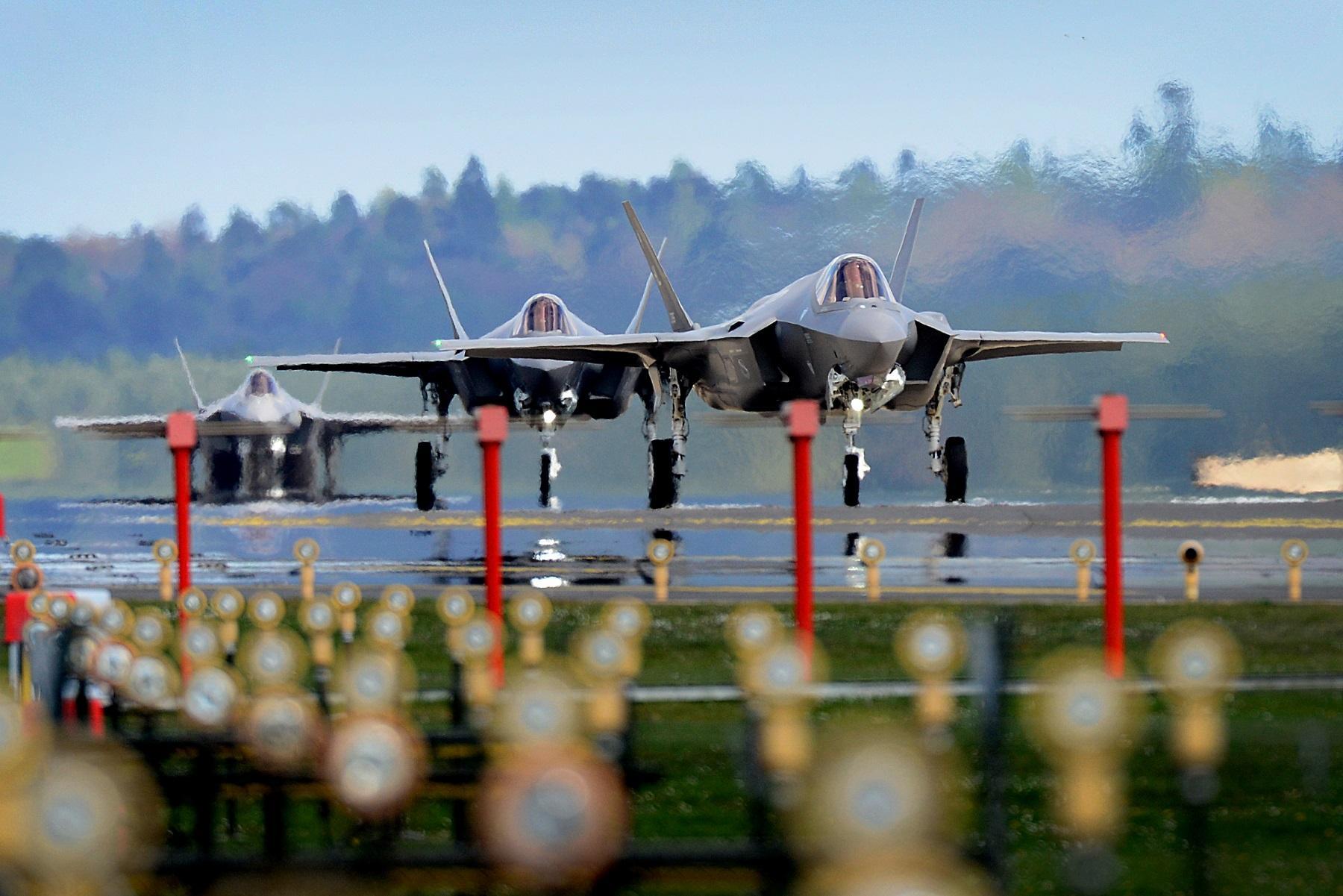
The UK has more F-35 Joint Strike Fighters than pilots to fly them, defense secretary Ben Wallace has said, shedding more light on the armed forces’ pilot training issues.
Providing evidence to the International Relations and Defense Committee of the House of Lords on Nov. 1, Wallace said the UK’s F-35 force is in a “Catch 22” situation, lacking instructors to train the pilots but also not having enough pilots to generate instructors.
“I have more F-35s than I have pilots at the moment,” Wallace said, adding that the pilot pipeline “is not in a place I’d like it to be.”
The UK currently has 26 Lockheed Martin F-35Bs in service, with 23 based in the UK and the remaining three based in the U.S. for testing and evaluation work. Another 22 are on order.
A series of Parliamentary answers to questions written by lawmakers and published in October revealed it was taking nearly seven years to train a rotary-wing pilot, and five years for a fast jet pilot.
These long timelines have been further compounded by lengthy wait times for newly qualified pilots to begin training on frontline types at an operational conversion unit, with pilots waiting as long as 12 months to fly the F-35.
Wallace added that the lack of pilots for the F-35 was affecting the regeneration of aircraft carrier operations, which could limit how quickly the UK’s F-35 squadrons return to sea.
The UK still is planning to form a second F-35 frontline unit, 809 Naval Air Squadron in Q2 2023, but the delivery schedule of the first tranche of aircraft has been slowed due to financial pressures.
In September, defense minsters revealed that fast jet training could be delayed for up to three years because of issues with the Rolls-Royce/Safran Adour engines that power the Hawk T2 aircraft used for advanced jet training.
Ministers insist the RAF remains able to meet frontline operational commitments and has sufficient qualified aircrew to do so, but say they are taking steps to explore other providers of training in an attempt to reduce holding and training time.
Among the options being explored is sending more trainees to the Euro-NATO Joint Jet Pilot Training Program in the U.S. and bringing forward the use of a joint UK/Qatar training unit to increase training throughput.
Work also is underway to look at reducing the length of Operational Conversion Unit syllabuses and making greater use of synthetic training.
Looking ahead, Wallace said he is satisfied that defense had moved up the UK government’s funding priority ladder, particularly since Russia’s invasion of Ukraine. However, he is unclear on how newly appointed Prime Minister Rishi Sunak will view the defense spending target of 3% of gross domestic product proposed by predecessor Liz Truss, who was prime minister for just 50 days.
Wallace said inflation and its impact on defense spending is “my biggest enemy” as the government aims to deliver major capital projects such as new warships. His hope is that defense will receive enough funding to insulate it from fluctuations in foreign exchange rates and inflation so that it can achieve the aims of the Integrated Review and Defense Command Paper published last year.




Comments